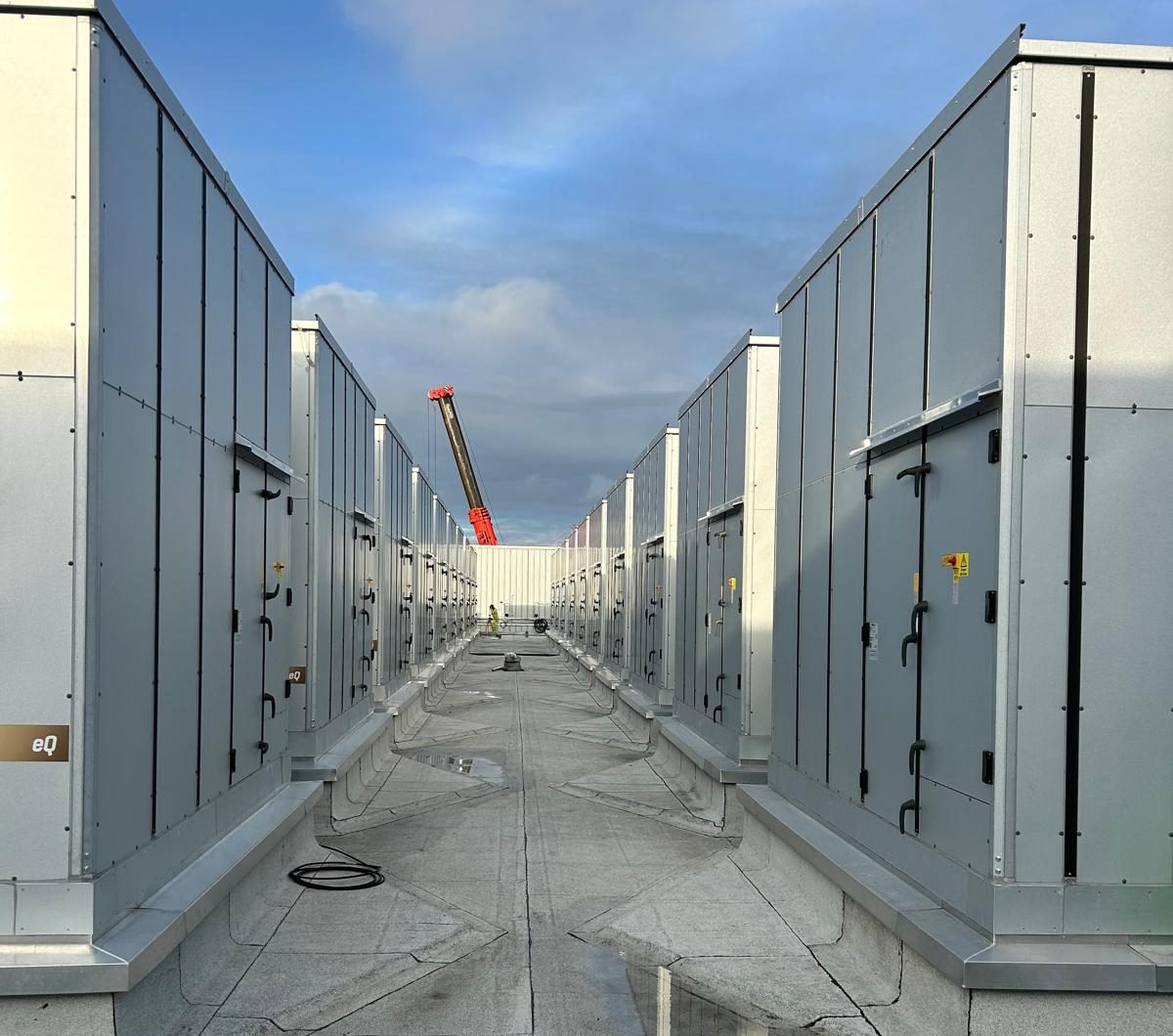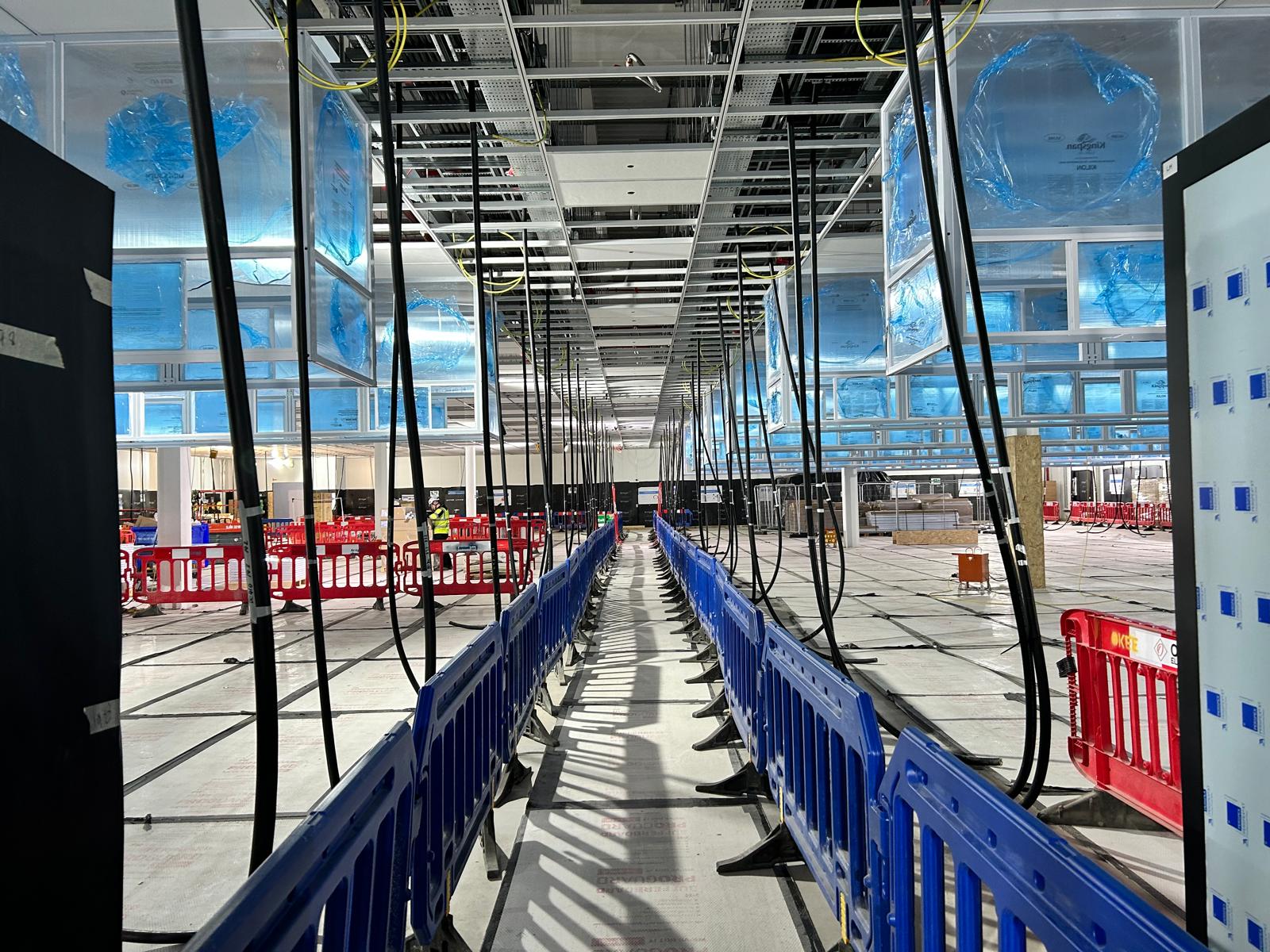The Role of CSA in Data Centres
Data centres play a pivotal role in ensuring the seamless operation of the modern digital and industrial ecosystem. These facilities demand not only advanced technological systems but also robust Civil, Structural, and Architectural (CSA) planning to ensure long-term functionality, safety, and resilience.
Highlighting the critical importance of the CSA aspects in the successful delivery of data centre and critical infrastructure projects, focusing on how these elements support operational efficiency, risk management and regulatory compliance.
Background
Given the exponential growth for data storage, processing, and cloud computing, the design and construction of these facilities require careful management of CSA elements—from foundation and structural integrity to architectural layout and sustainability.
Challenges in Data Centre & Critical Infrastructure Projects
- Complexity of Design and Construction:
Data centres and critical infrastructure projects often involve advanced technical systems that rely on seamless integration of electrical and mechanical systems. The CSA elements must be designed to accommodate these systems while ensuring structural stability, ease of maintenance and scalability.
- Regulatory Compliance and Safety Standards:
These facilities are subject to a wide range of local and international regulations regarding fire safety, seismic resilience, energy efficiency and environmental impact. Ensuring compliance requires careful attention to CSA details, including fireproofing materials, structural reinforcement and accessibility.
- Operational Continuity and Resilience:
Data centres, in particular, must be designed to operate 24/7 with minimal downtime. This includes considerations for cooling systems, backup power and disaster recovery strategies. CSA aspects, such as frame stability, weatherproofing and high quality building fabric elements play a key role in ensuring operational continuity even under extreme conditions.
- Sustainability and Energy Efficiency:
Modern data centres and critical infrastructure must adhere to increasingly strict sustainability and energy efficiency standards. The architectural design and materials selection, along with planning for use of energy-efficient materials/systems are fundamental to meeting these goals.


The Role of CSA in Ensuring Success
- Civil Engineering (C)
Civil engineering is crucial in preparing the site and creating the foundation that supports the entire structure. For data centres and critical infrastructure, a strong foundation and site development are essential to ensure long-term structural stability and performance. The civil aspects of the project include:
- Site Selection and Preparation: Choosing a site with minimal geological risk (e.g, avoiding flood zones or unstable soils) is fundamental. Proper site preparation ensures that the building foundation is strong and that underground utilities such as power, fiber and water can be installed without disruption.
- Foundations: Given the heavy equipment and high density of data processing servers, data centre buildings require highly engineered foundations to support the weight of the infrastructure. Structural stability during seismic events or extreme weather conditions is also a key factor.
- Drainage and Flood Protection: Civil engineers are responsible for designing effective drainage systems to prevent flooding, a particular concern for data centres which rely on continuous power and operations. Flood resilience measures are increasingly important, especially in areas prone to extreme weather events.
- Structural Engineering (S)
The structural engineering aspect ensures that the data centre or critical infrastructure can withstand environmental and operational stresses over its lifespan. Key structural considerations include:
- Load-Bearing Capacity: Data centres house heavy, specialized equipment like server racks, cooling units, and generators. Structural engineers must design load-bearing walls, floors and roofs that can accommodate these heavy loads without risk of failure.
- Seismic and Wind Resistance: In regions prone to earthquakes or severe weather, CSA engineers and design teams must design buildings that can withstand these forces. This can include things like heavily reinforced concrete or steel frames and additional seismic bracing/restraint.
- Redundancy and Scalability: Structural engineering must allow for future expansion without compromising the integrity of the facility. Modular designs, pre-engineered expansion zones and flexible support structures ensure that the data centre can scale as the demand for data storage and processing grows.


- Architectural Engineering (A)
The architectural design of data centres and critical infrastructure not only addresses aesthetic concerns but also enhances functionality, safety and sustainability. Architectural CSA elements that contribute to the success of these projects include:
- Space Optimization: Data centres require efficient layouts that facilitate airflow, cooling and easy access to critical systems. Architects must balance the need for expansive data modules with the practicalities of equipment maintenance, staff access/egress and building security.
- Energy Efficiency: Energy-saving architectural features, such as natural lighting, thermal insulation and passive cooling systems, can significantly reduce the operational costs of a data centre. Architects work closely with mechanical engineers to ensure optimal placement of cooling systems and airflow pathways to avoid hot spots and maximize energy efficiency.
- Fire Protection and Safety: Fire-resistant materials, fire suppression systems (such as clean-agent systems), and clearly defined escape routes are crucial in any critical infrastructure project. The architecture of a data centre must ensure that these systems are fully integrated and that the building meets or exceeds regulatory fire safety standards.
- Sustainability and Green Building Practices: With growing emphasis on sustainability, architectural engineers are incorporating green building certifications (e.g., LEED, BREEAM) into the design process more so than ever. This includes designing for water conservation, waste reduction and energy-efficient systems like solar panels.
Conclusion
The Civil, Structural and Architectural (CSA) aspects of data centre and critical infrastructure projects are vital for ensuring the long-term success of these facilities. Effective CSA management not only ensures that the building is structurally sound and safe but also that it meets the rigorous demands of modern-day operations, regulatory compliance and sustainability goals.
By prioritizing CSA elements during the planning and execution stages, organizations can deliver data centres and critical infrastructure projects that are resilient, efficientand future-proof—ensuring they can meet the demands of a rapidly evolving digital landscape.

















